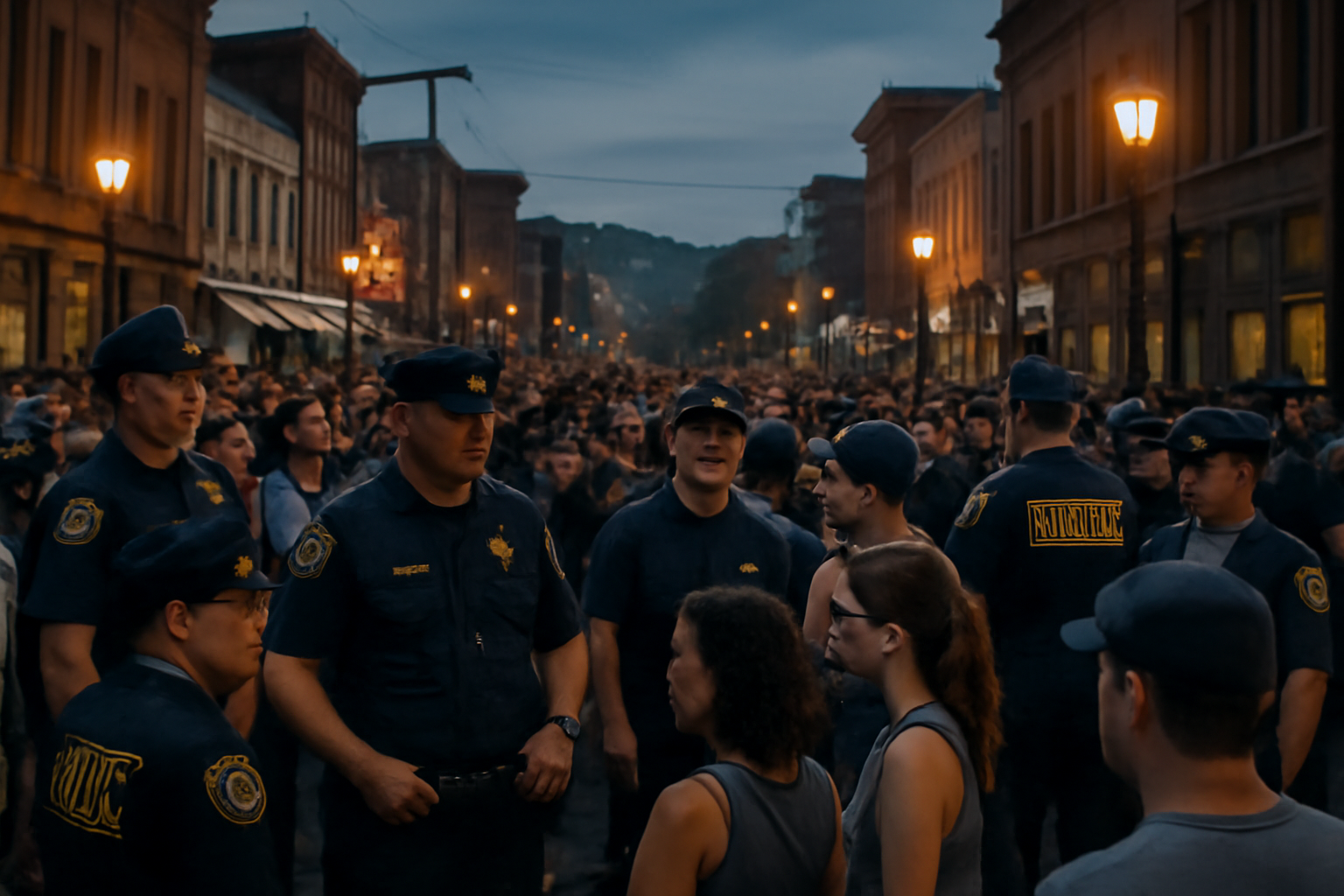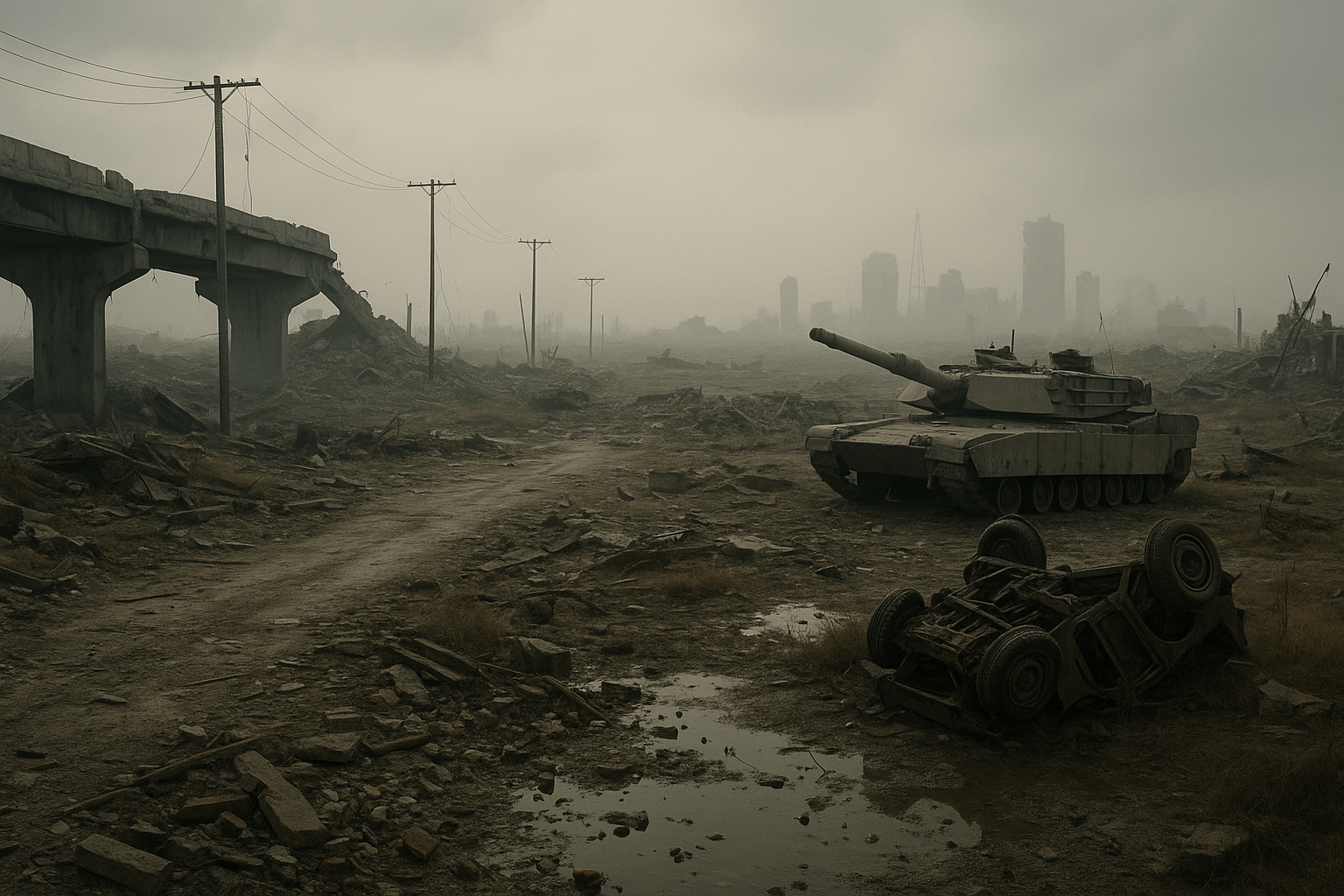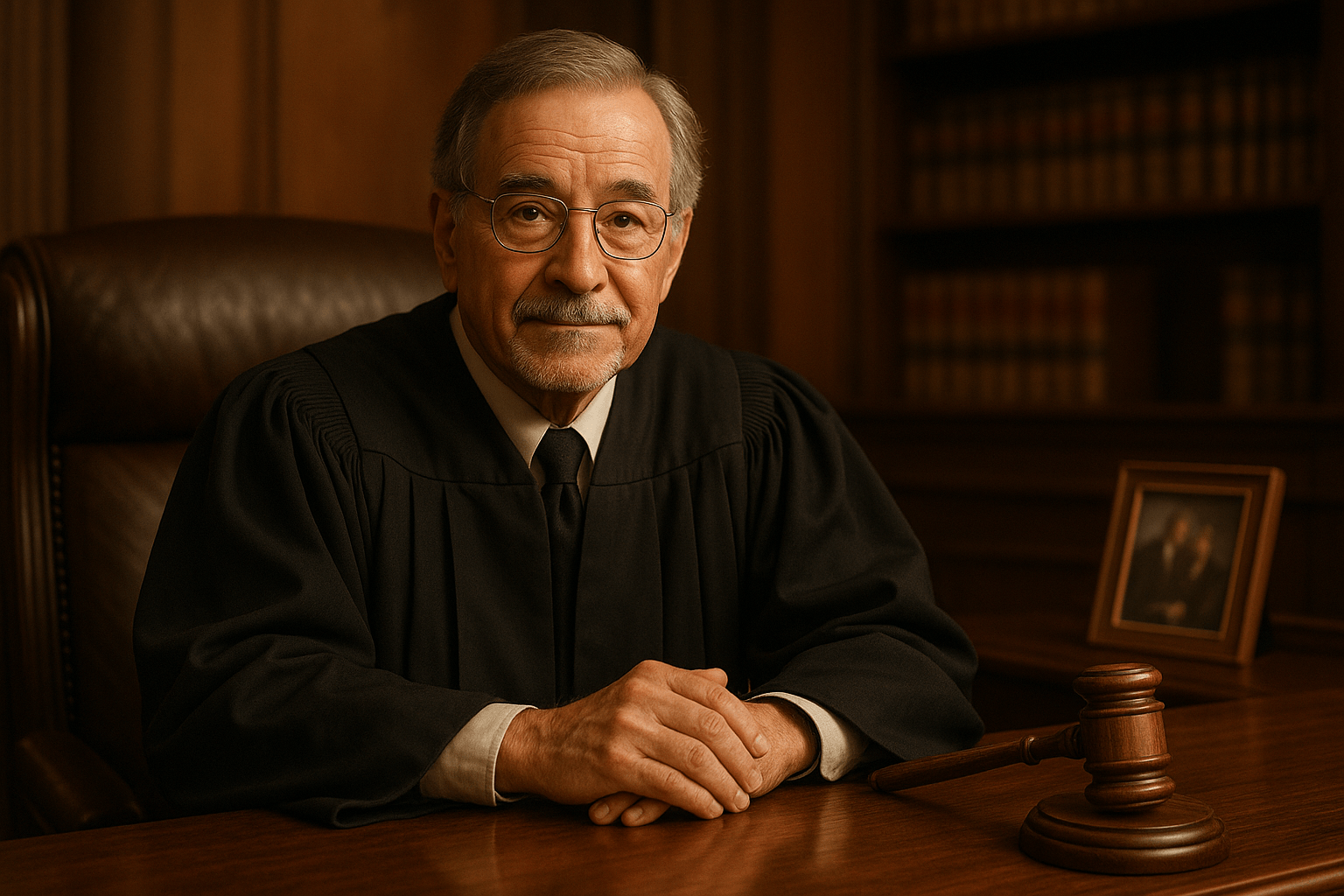Law and Order: What Happens When You Have Enough Police to Police?
Recent events in Pittsburgh – and ongoing debates nationwide – bring a focused lens on a vital question: Does a larger police presence guarantee safety, or does it complicate the landscape of public order? In light of crowds gathering on Pittsburgh’s South Side and the role of law enforcement in controlling large events, it’s worth exploring how effective law and order truly are when there are “enough police.”
Understanding the Basics: What is “Enough” Police?
First, it’s essential to define what “enough police” means. The phrase suggests that there is a certain threshold of officers that would effectively uphold laws, deter crime, and promote safety. But, as communities grow and evolve, that threshold changes. Population density, crime rates, event frequency, and community trust all influence what’s truly needed. For an in-depth look at police staffing standards, the Office of Justice Programs offers research-backed insights.
The Pittsburgh Example: Large Crowds and Law Enforcement Presence
A recent incident in Pittsburgh illustrated the challenges of maintaining peace during large gatherings. The city’s South Side experienced a surge in crowds, prompting an increased police response. But does a heightened presence always translate to order?
Officers in Pittsburgh worked to disperse crowds and maintain calm, which, according to city officials, helped avoid major disruptions. This outcome supports a popular belief: more officers on the street can be a deterrent against chaos and crime.
Does More Really Mean Better?
While high numbers can be reassuring, the methods and attitudes of policing matter just as much as the headcount. Over-policing, or the perception of excessive surveillance, can erode trust within neighborhoods. Conversely, too few officers can embolden disruptive behavior. The balance is delicate.
Community engagement is key. Programs that foster positive relationships between law enforcement and residents – known as community policing – have proven effective in both preventing crime and supporting peaceful interactions. If you’d like to read more about this approach, the U.S. Department of Justice’s Community Oriented Policing Services details best practices and policy recommendations.
The Role of Technology and Data
In today’s environment, “enough police” extends beyond foot patrols and squad cars. Cities now rely on technology to supplement manpower. Tools like surveillance cameras, real-time crime data, and mobile reporting apps help officers respond faster and more effectively. These aren’t replacements for human presence but crucial force multipliers when large crowds or events stretch resources thin. Dive deeper into how technology is changing policing at NIJ.gov.
Case Studies: When Law and Order Take Over
- Effective: Sporting Events — Large police contingents at major games often keep crowds orderly, focusing on visibility and preparedness rather than force.
- Challenging: Protests — Civil demonstrations may escalate when law enforcement is seen as confrontational, even if the force is strategically deployed.
- Mixed Results: Nightlife Districts — As seen in Pittsburgh’s South Side, heavy police presence can deter violence, but residents sometimes report feeling “over-policed” or that constant patrolling changes the character of their community.
Achieving the Right Balance
No single formula determines the perfect number of police officers for every city or scenario. Success comes from deploying the right numbers, in the right way, with the right community relationships. Here are a few points to consider for achieving this balance:
- Assess Community Needs: Listen to residents and identify areas where enhanced visibility is welcomed versus where a lighter touch is preferred.
- Prioritize Training: Officers should be equipped with de-escalation and communication skills for diverse situations, not just crowd control tactics.
- Leverage Technology: Use crime mapping and analytics to allocate resources efficiently and support officers on the ground.
- Encourage Accountability: Transparent policies and independent oversight help ensure effective and fair policing methods.
- Promote Partnership: Build partnerships with community organizations to co-create safety strategies instead of relying solely on enforcement.
Final Thoughts: Law, Order, and the Bigger Picture
Ultimately, public safety is a collective effort. While having enough police matters, even better is having the right police approach – one that is flexible, collaborative, and trusted. Pittsburgh’s example is just one chapter in a complex national dialogue. As communities and police agencies grow together, policies will continue to adapt. The goal is always clear: safer streets and a sense of belonging for all.
For further reading on law enforcement best practices and community safety, explore:
- Bureau of Justice Assistance: Law Enforcement Resources
- Police Foundation: Innovative Policing Strategies
- Vera Institute: The True Costs of Policing
Have thoughts or experiences about policing in your city? Share them in the comments below – we want to hear from you.




